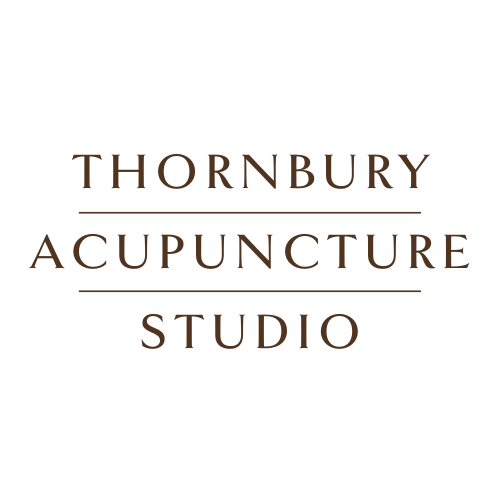Gua Sha
Gua sha translates literally as ‘rub red’ and is a traditional massage applied with a blunt massage tool. Traditionally, a piece of carved water buffalo horn was used, but today we are more likely to use a Chinese-style ceramic soup spoon which is why gua sha is sometimes referred to as spooning.
What does gua sha do?
Gua sha is used to release what we call Wind Pathogens from the body. Crick necks, tight backs, headaches, body aches, common cold, flus and allergies are some common examples of Wind wrecking havoc in the body. We also commonly use gua sha for releasing Heat from injuries where there is swelling and redness.
According to Chinese medicine thinking, Wind is just one of the environmental influences that can cause illness. There is an old Chinese saying ‘wind is the bearer of 1000 pathogens’. Wind is always involved in any infectious disease.
Hayfever is just one example of a Wind-related illness. Melbourne is one of the worst Australian cities to live in if you are prone to seasonal allergens. This is due to our extremely windy spring, which stirs up pollen and environmental pollutants.
What to expect
Your practitioner may suggest gua sha as a part of your session if you have headaches, muscloskeletal pain, or feel that you may be coming down with a cold or flu. Gua sha is used most commonly on the neck and back and on the larger muscles of the arms and legs.
Gua sha can feel quite intense, but generally we find that people really enjoy the sensation. However, we are also very aware of different tolerance levels. Your practitioner will always work with you find a pressure that is comfortable, just as a massage practitioner would adjust the strength of a massage to suit you.
The skin is usually takes on a bright pink hue after gua sha, which fades over the next hour or two. This is a reflection of trapped Heat that has been released from the body. Sometimes deep red or purple speckles can appear after gua sha and are a reflection of deeper stagnation in the body. These take 2 – 7 days to fade. Gua sha marks are very similar to cupping marks.
How many sessions will I need?
Our clients often ask us how many appointments they will need. Because we are all so different the answer is usually “it depends”. Sometimes clients experience immediate relief after one session, while others will notice gradual change over time, coming weekly or fortnightly for acupuncture and taking Chinese herbs. Some people come in intermittently for help with colds, flu and infections.
The human body is incredibly complex and we find that navigating a journey towards better health is somewhat like peeling an onion. Our bodies tell the story of our lives and some layers can take a while to unravel.
At your initial consultation we will take a detailed history, make a preliminary diagnosis and talk to you in more detail about a personalised treatment plan. For more information, talk to your practitioner.

